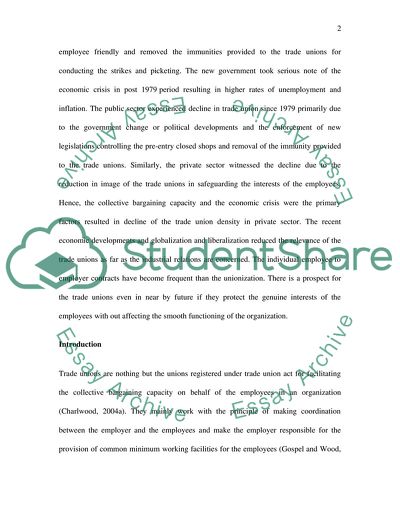Cite this document
(Trade Union Density Has Undergone Significant Decline Since 1979 Case Study - 1, n.d.)
Trade Union Density Has Undergone Significant Decline Since 1979 Case Study - 1. Retrieved from https://studentshare.org/macro-microeconomics/1729777-trade-union-density-has-undergone-significant-decline-since-1979
Trade Union Density Has Undergone Significant Decline Since 1979 Case Study - 1. Retrieved from https://studentshare.org/macro-microeconomics/1729777-trade-union-density-has-undergone-significant-decline-since-1979
(Trade Union Density Has Undergone Significant Decline Since 1979 Case Study - 1)
Trade Union Density Has Undergone Significant Decline Since 1979 Case Study - 1. https://studentshare.org/macro-microeconomics/1729777-trade-union-density-has-undergone-significant-decline-since-1979.
Trade Union Density Has Undergone Significant Decline Since 1979 Case Study - 1. https://studentshare.org/macro-microeconomics/1729777-trade-union-density-has-undergone-significant-decline-since-1979.
“Trade Union Density Has Undergone Significant Decline Since 1979 Case Study - 1”, n.d. https://studentshare.org/macro-microeconomics/1729777-trade-union-density-has-undergone-significant-decline-since-1979.


